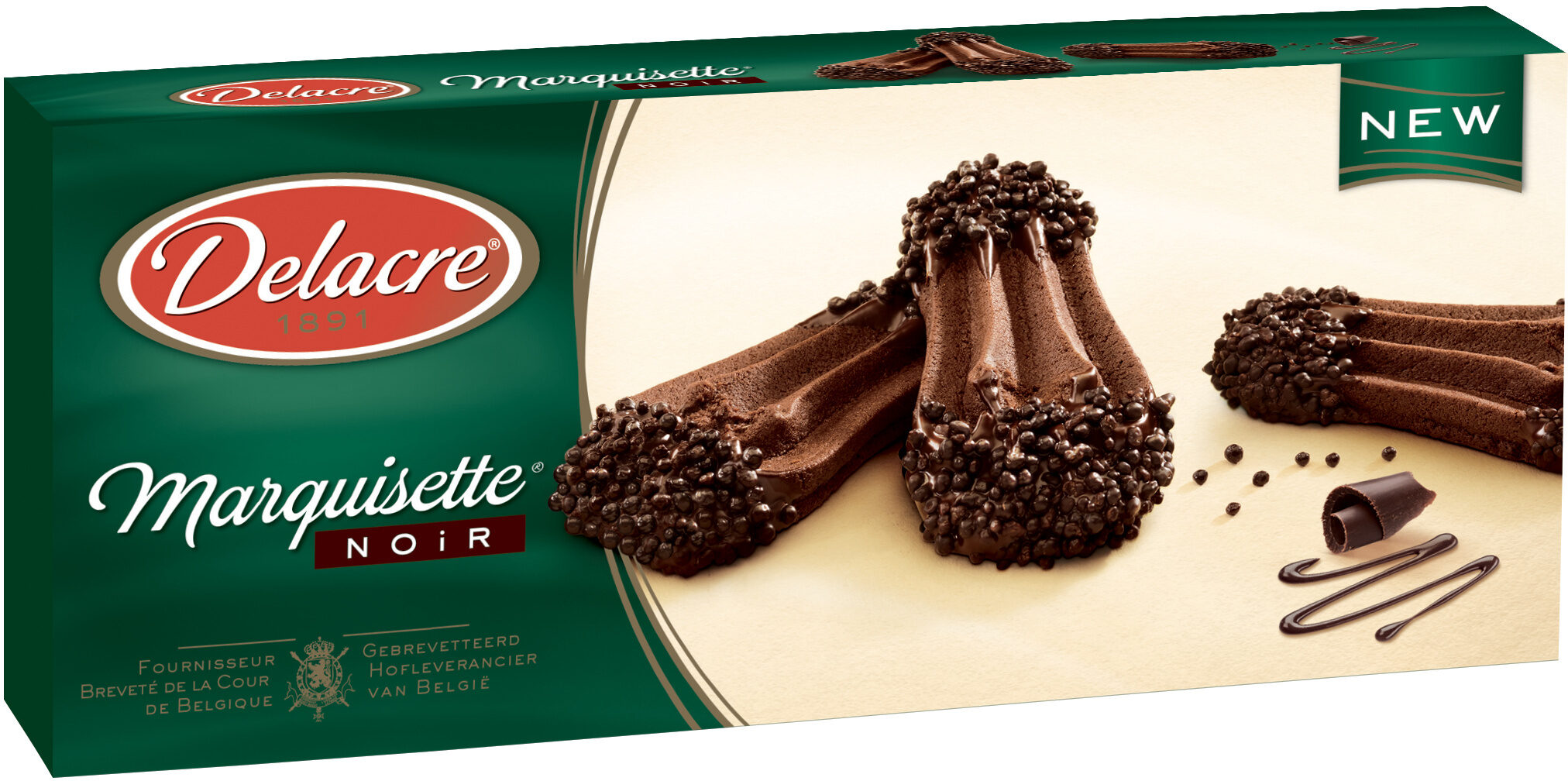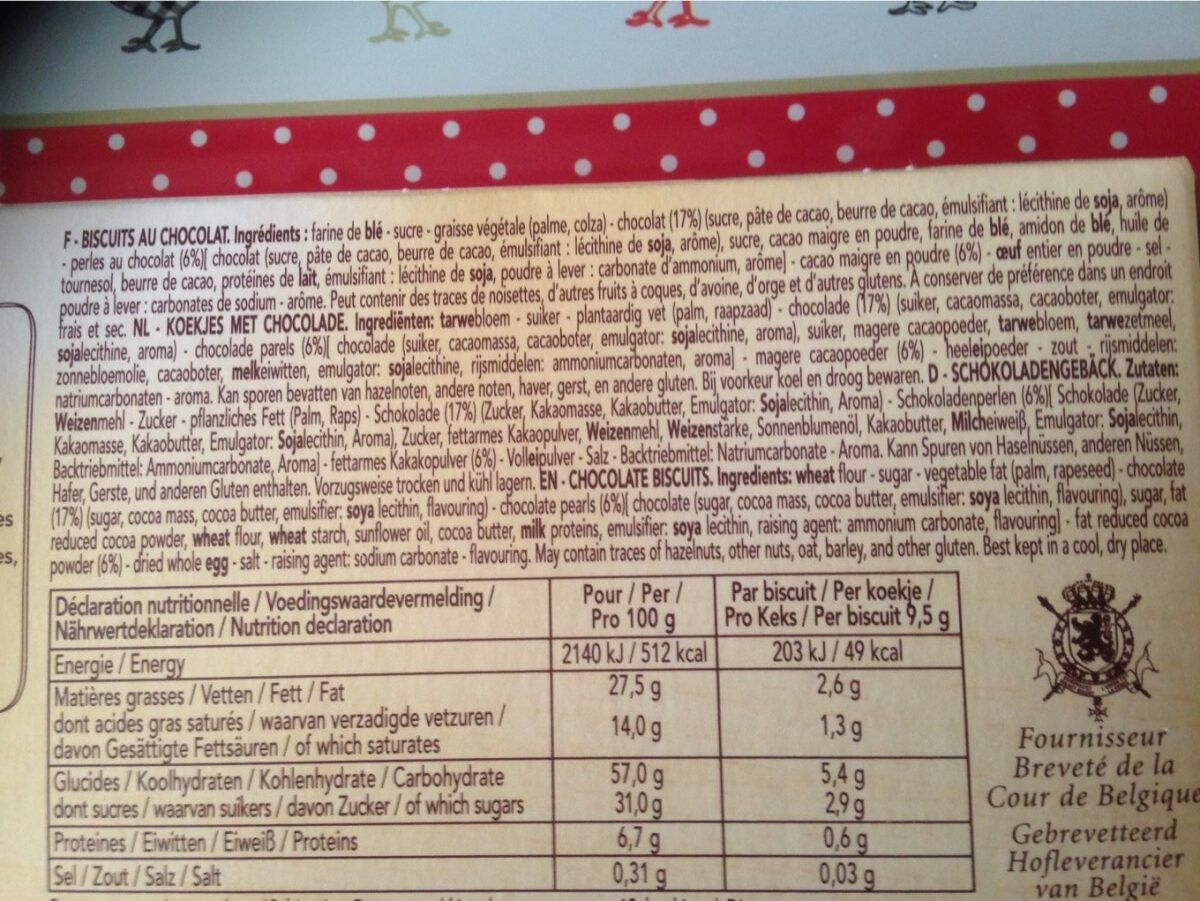Delacre marquisettes biscuits chocolat noir - Ferrero - 110 g (110 g)
La page de ce produit n'est pas complète. Vous pouvez aider à la compléter en l'éditant et en ajoutant plus de données à partir des photos que nous avons, ou en prenant plus de photos à l'aide de l'application pour Android ou iPhone / iPad. Merci!
×
Certaines informations de ce produit ont été fournies directement par son fabricant FERRERO FRANCE COMMERCIALE.
Code-barres: 3116430211392 (EAN / EAN-13)
Dénomination générique : Biscuits au chocolat
Quantité : 110 g (110 g)
Conditionnement : Enveloppage
Magasins : Delhaize
Correspondance avec vos préférences
Environnement
Emballage
Transport
Espèces menacées
Autres informations
Conditions de conservation :
Conserver à l'abri de la chaleur et de l'humidité.
A conserver dans un endroit frais et sec
Service consommateur : CS90058 76136 MONT-SAINT-AIGNAN
Signaler un problème
Sources de données
Produit ajouté le par kiliweb
Dernière modification de la page produit le par packbot.
Fiche produit également modifiée par autorotate-bot, countrybot, ferrero, openfoodfacts-contributors, org-ferrero-france-commerciale, yuka.Ukk0QkFxMGwrdVVTcXZBaDVRUG82ODh1eElhWGUwS05JTlFvSVE9PQ.






